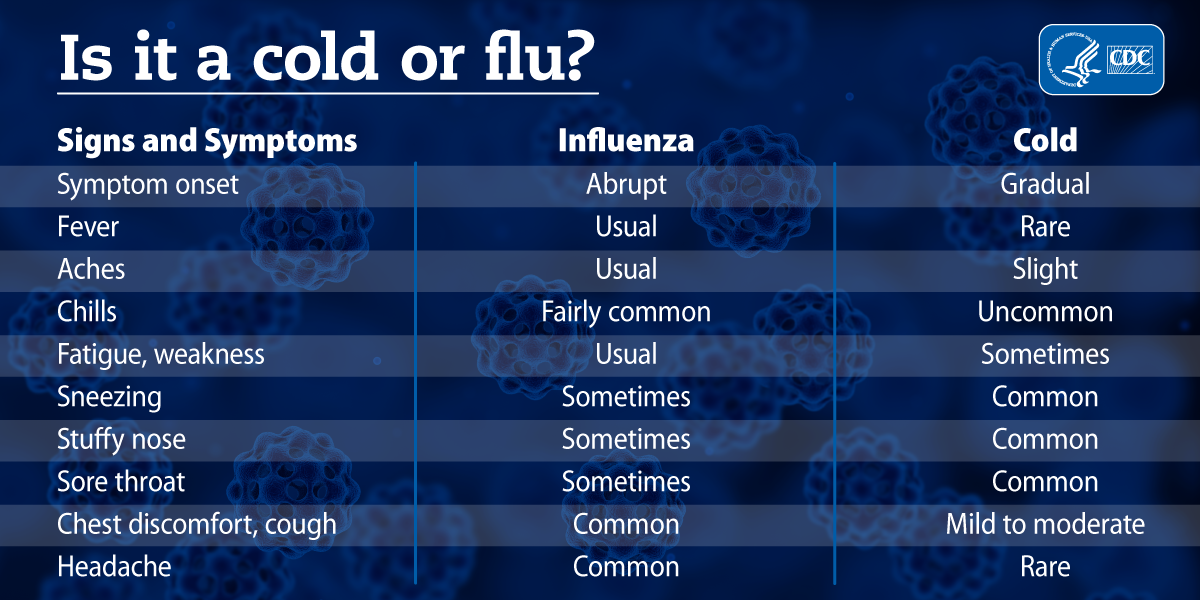| Previous
Page |
PCLinuxOS
Magazine |
PCLinuxOS |
Article List |
Disclaimer |
Next Page |
From The Chief Editor's Desk |
|
Yuck! It's that time of year again. It's cold and flu season. While this year's influenza incidence seems markedly slower and milder than last year's near-pandemic outbreak (at least in my area, so far), it has arrived on schedule and as expected. My wife and I work on the front lines of healthcare to treat those who are infected with the influenza virus, among other things. Of course, colds are also rampant at this time of year, as well. So, it should be no surprise, with all of our exposure to acutely ill patients, coupled with Ryan's exposure to his classmates at preschool, that something is making its way through our house as I write this. All four of us -- me, Laura, Ryan and Lexi -- all have "it."  Even amongst two healthcare professionals (myself and my wife), we're divided on whether we all have colds or influenza (I say it's a nasty cold). Of course, to get an "official" diagnosis of influenza, we would have to get a laboratory test to confirm it ... which costs money we'd rather not spend for information we really can't do anything about. All you can do with influenza is really just let it run its course, and try to take medicines that (hopefully) make its symptoms less severe. Yeah, yeah, yeah. I know they have Tamiflu. Personally, I wouldn't waste my money on that overpriced and underperforming medication. Some studies have shown that Tamiflu, even when taken early, only reduces the influenza symptoms by ... are you ready for this? ... about 23 hours. Less than ONE DAY! I'd rather save my $300 and just tough it out for one more day. Both of us are required to receive the annual flu vaccine, due to our jobs. Both of our kids also receive the annual flu vaccine, to help protect them in the event that mom or I bring home the influenza bug from work. Even if the annual flu vaccine "misses" the flu strains that are circulating in the general population (as so often happens), it does help lessen the symptoms. So, there is value in getting the annual flu vaccine, even when it doesn't match up with the strains of influenza that are circulating. The annual flu vaccine is BIG BUSINESS. Back in 2015, CNBC summed up the annual flu vaccine business as follows: "... $1.61 billion in revenue, according to industry researcher IMS Health. Globally, manufacturer CSL estimates the market for influenza vaccines at $4 billion." There are three primary manufacturers of the annual influenza vaccine. Sanofi Pasteur (U.S.) is the largest, followed by CSL (Australia), then GlakoSmithKline (U.S.). About 12 or so years ago, I read about a small pharmaceutical firm that had come up with a novel approach to producing a universal flu vaccine. It was just preparing to enter Stage 2 trials, and appeared to promise lifelong immunity. But then, all of a sudden, there was no more information forthcoming. Come to find out, the company was purchased by Sanofi Pasteur, and the project mothballed. What a great way to protect one of your cash cows, huh? The emergence of a universal influenza vaccine would have spelled disaster for the huge amounts of cash Sanofi Pasteur could make from selling their marginally effective annual influenza vaccine. Today, there are multiple companies exploring the feasibility of a universal influenza vaccine. It seems that the drive for advancement couldn't be extinguished with mountains of cash by purchasing companies and hiding promising advances on the shelf. One such universal influenza vaccine is now preparing to enter Stage 3 clinical trials (meaning, on a fairly large number of human subjects), according to a November 12, 2018 article on The Scientist. It seems to promise long-term immunity, ending the reliance on the annual influenza vaccine guessing game we've endured for so many years. Let's all hope that either the BiondVax vaccine (the one currently entering Stage 3 trials), or one of the other vaccines currently being explored, come to fruition. In the early 20th Century, the Spanish Flu (H1N1) epidemic is reported to have killed more people around the world than were killed in World War I. Some scholars have pointed to the Spanish Flu being responsible for helping end World War I. An influenza pandemic like the one a century ago is likely to have an even greater devastating effect, given not only the increased world population, but also the greater access to international travel. For what it's worth, the prominent influenza strain making the rounds this year is H1N1, the same that caused the Spanish Flu pandemic a century ago. But, as is common with viruses, it has mutated from its form from the early 20th Century, and seems to have lost some of its virulence in its present form. Since both the cold and influenza are both respiratory infections, (no, what some people call the "stomach flu" isn't caused by the influenza virus at all, but usually by a strain of norovirus) some may have difficulty in distinguishing which it is that they have. Fortunately, the CDC has produced a graphic that will help you distinguish which ailment it is, if or when you get it.  ******************** This month's cover image, designed by Assistant Editor Meemaw, was inspired by the second Monday of February being designated as "Clean Out Your Computer Day." This year, that falls on February 11. So, as if anyone reading this really needed a reason, "Clean Out Your Computer Day" is a day to spend with your computer. You can make use of this opportunity to archive old files you may no longer need to access on a regular basis, but may still need to retain. You can also use this opportunity to get your files organized, so that you spend less time hunting and searching for them when you do need to access them. ******************** So, until next month, I bid you peace, happiness, serenity and prosperity ... and good health. |


